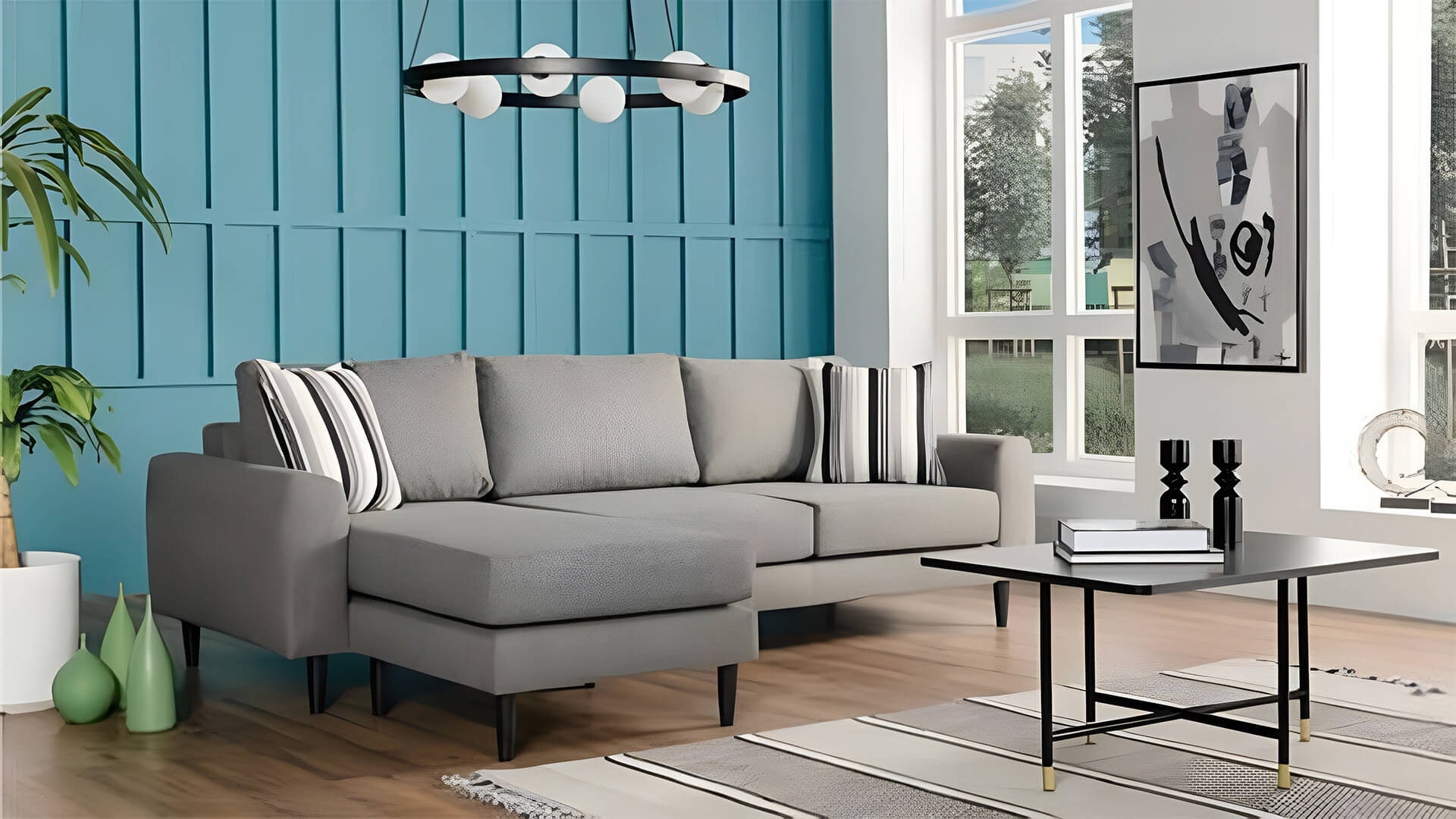
Minimalist Decoration Trends
Minimalism has played an important role in home decoration for many years in terms of aesthetics and functionality. However, in recent years, the understanding of minimalism has gone beyond just organizing life with fewer items, introducing new ideas and trends.
Different movements, such as Japandi, wabi-sabi, and biophilic design, represent more than just simplicity. These new minimalist trends allow you to transform your living spaces in both modern and meaningful ways. These trends, reflecting natural materials and the soul of design, merge the influences of different cultures, offering not only a visual but also an emotional experience.
As we explore this evolving face of minimalism, we will also examine the opportunities each trend offers and how you can integrate them into your living spaces. Whether you aim to create a calm and serene environment or a living space connected with nature, the wide range of products from Doğanlar Furniture Group can inspire you to adapt minimalism to your modern living areas.
- Japandi Style: A Fusion of Japanese and Scandinavian Minimalism
The Japandi style is a trend that emerges from the combination of Japanese minimalist aesthetics and Scandinavian design. This style is based on simplicity, natural materials, and functionality, but it takes it a step further by merging the cold Scandinavian style with the warm Japanese aesthetic. In Japandi, wood, natural fabrics, soft color palettes, and minimal lines stand out. It aims to create a balanced environment both functionally and aesthetically.
- Wabi-Sabi: Focusing on Natural Imperfections
Wabi-Sabi is a Japanese philosophy that celebrates imperfect, transient, and natural beauty. This trend has also found a place in modern minimalist design, focusing on natural and timeworn objects, raw materials, and handmade items rather than perfection. With Wabi-Sabi, warmth is added to modern living spaces while emphasizing simplicity and naturalness. The essence of this philosophy is accepting things as they are and appreciating how they beautify over time.
- Biophilic Design: Living in Harmony with Nature
Biophilic design, when combined with minimalism, aims to integrate nature into living spaces. This trend highlights natural light, plants, natural materials, and natural color palettes. Biophilic Design encourages people to stay connected with nature, creating positive effects on both mental and physical health. It blends the simplicity and functionality of minimalism with nature and sustainability. In this design, plants, natural stones, and wooden surfaces are frequently used.
- Maximalist Minimalism: Less But Impactful
As many people began to tire of the extreme simplicity in minimalism, the maximalist minimalism trend emerged. This approach involves having fewer items, but each piece has a strong character. It aims to strike a balance between the simplicity of minimalist design and the richness of color and patterns found in maximalist design. Large art pieces, striking colors, and elegant furniture are displayed minimally. The goal of this movement is to ensure that everything stands out without overwhelming the space, making careful selections.
- Sustainable Minimalism: Eco-Friendly Designs
Sustainable minimalism is a modern minimalist approach aimed at creating an eco-friendly living space. This trend prioritizes recyclable materials, sustainable production processes, and the efficient use of natural resources. A minimalist home is furnished with fewer but higher-quality items. Furniture is made from natural materials, and unnecessary consumption is avoided. By using high-quality, long-lasting, and functional furniture, a sustainable lifestyle is embraced.
- Soft Minimalism: Soft Edges and Comfort
Soft Minimalism is an approach that avoids the harsh lines of minimalism to create a warmer and more inviting atmosphere. This trend uses soft colors, rounded furniture, natural textures, and soft fabrics. It is an ideal solution for those seeking more comfort and tranquility in minimalist design. In this style, simplicity is maintained, but the space becomes more intimate and cozy.
- Slow Design: Slow Design and Living
The Slow Design movement was born as a response to the fast-changing, consumption-driven culture of minimalism. Slow design means choosing carefully crafted pieces that gain value over time. This movement emphasizes that everything should be meaningful and long-lasting, focusing on sustainability and quality. Designing items to last a lifetime increases the long-term benefits of minimalist living spaces.
To transform your home with minimalist trends and make it your own unique space, don't forget to explore the modern and original collections on the websites of Doğtaş, Kelebek and Ruum Store!
